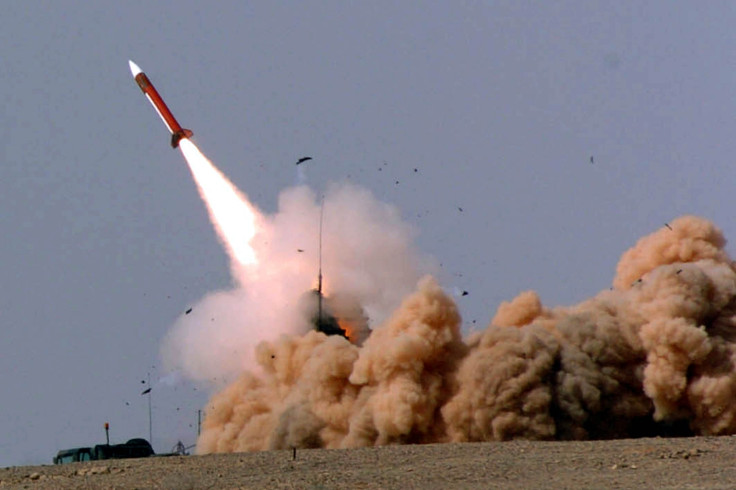US Army wants a new surface-to-air missile for defence against drones and rockets
The army will set aside over $50 million for the development of the new Expanded Mission Area Missile (EMAM).

The US Army wants a new surface-to-air missile (SAM) that can help its defence against drones, mortars, other missiles as well as serve as a residual cruise missile defence. The military has called for the development of this missile system in the budget request for 2019.
Called Expanded Mission Area Missile (EMAM), this system, if built, will be the second missile that will qualify for the Indirect Fire Protection Capability Increment 2 (IFPC Inc. 2) programme, reported Defense News (DN). The first missile developed by IFPC Inc. 2 was the AIM-9X Sidewinder missile.
This programme has been in place for several years now, working towards defensive measures against drones, rockets, and other threats like artillery and even mortars.
The report noted that the danger of drone strikes right now is more real than ever before. Enemy groups, including terrorists, now have access to powerful drones that can be configured to even attack in swarms. Cruise missile threats were also highlighted.
Such tactics have become common not just with powerful militaries around the world, but are also being used by smaller fringe groups. In fact, there was a recent report in which Russia claimed that cheap, locally put-together swarms of drones attacked one of their air bases in Syria.
While the US Army does have missile defence systems like the Avenger and the National Advanced Surface-to-Air Missile System already in place, they are not designed to counter IFPC threats, as per the report. The current defence systems are not designed to combat drones and other unmanned vehicles.
The need for a second IFPC-rated SAM has come in as the army wants a multi-mission launcher so that they will be able to launch a variety of interceptors from the same system over time. So far, they have tested the Stinger, miniature hit-to-kill missiles, Hellfire Longbow and the Israeli Tamir interceptor, reported DN. They are also said to be looking into "directed energy" options, which sounds a lot like laser-based anti-missile and drone systems.
The cost for the army to bring the IFPC online by 2023 will be nearly $520m, starting this year, and the EMAM will receive around $51m in funding for design and development this year.
"The EMAM Product Office plans to award funds for the integration and testing of the second interceptor utilising a two-phased approach with a demonstration of interceptors from multiple vendors during phase one with a down-select to a single vendor for phase two," the budget request documents read. "Phase two will consist of activities to finalise design and integration of the interceptor and conduct developmental testing."
The project is set to go into its design review stage by early 2019.






















